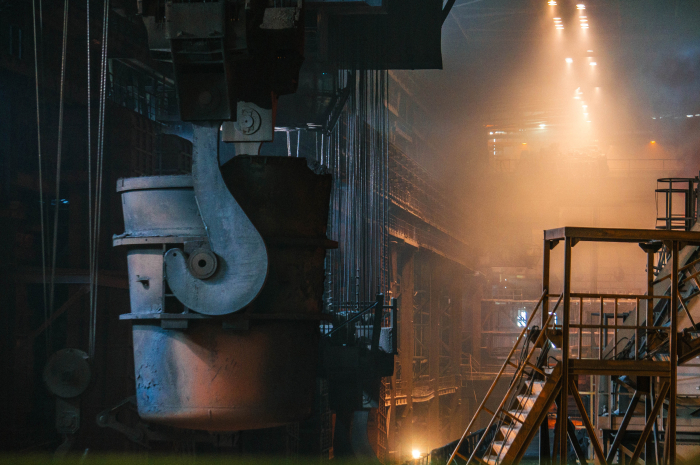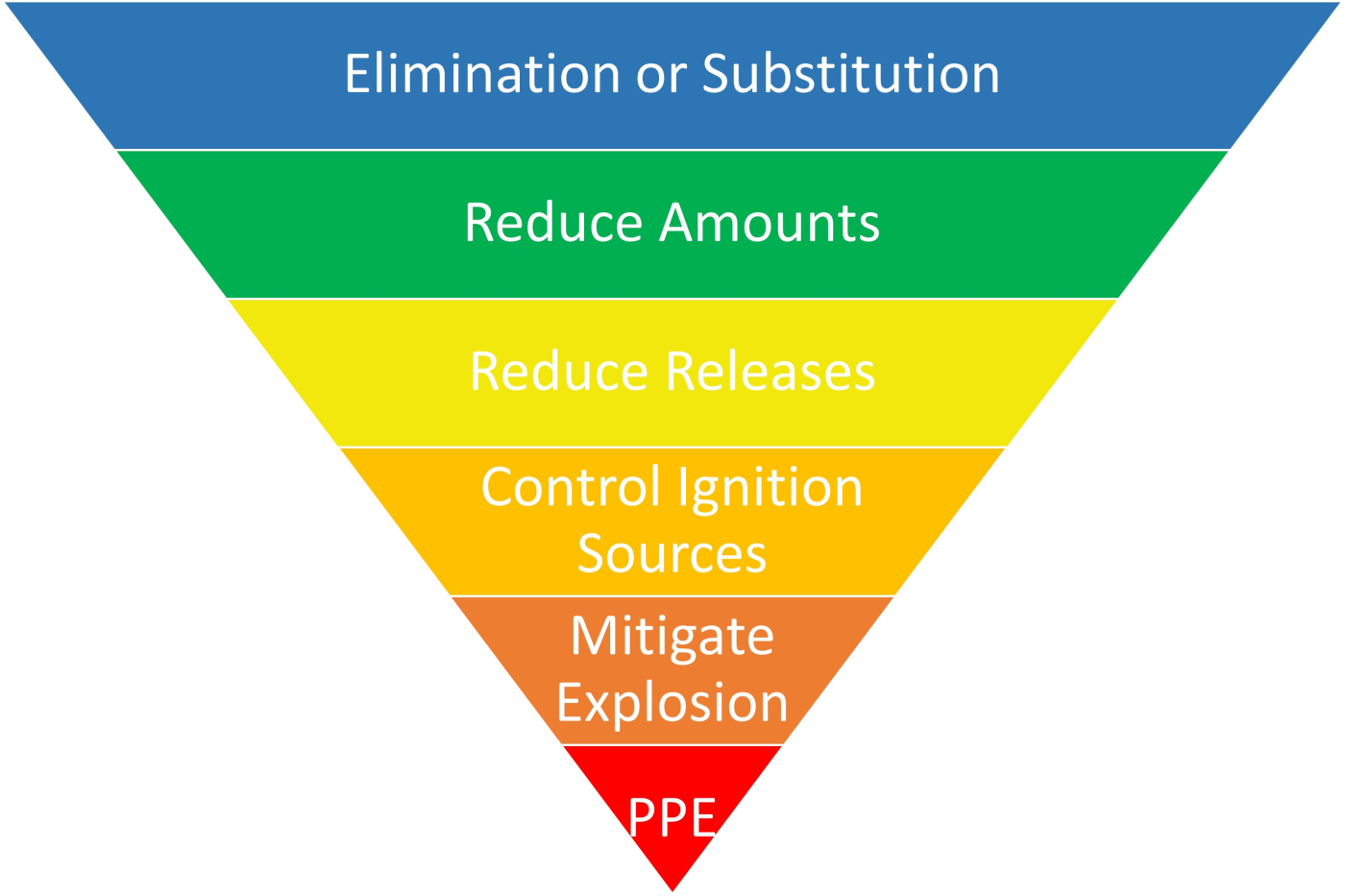In this article split over three parts, Dr Richard Brown looks at effective lighting at work and how it enables safe working. This first part discusses why effective lighting is required and how to effectively manage the health and safety risks from lighting in the workplace.
Posted
12.09.2023
Written by
It is perhaps a matter of ‘common sense’ that effective lighting at work is required and enables safe working. However, common sense very often isn’t common, and this article sets out the legal requirements, good practice, associated hazards and some tips on lighting strategies. Dr Richard Brown, Head of Expert Services at Finch Consulting, muses over his experience with lighting over his well-established career.
The legal requirements are detailed in part three of this article and referred to throughout the body of it. The article does not discuss lighting requirements in explosive or potentially explosive atmospheres.
Why is effective lighting required?
Aside from the legal requirements, the following can be used to summarise why we light workplaces, and what can occur when this is not achieved.
It will enable everyone to quickly see/identify hazards and avoid them. Therefore, the types of hazards present at work therefore determine the lighting requirements to enable safe operation. Effective lighting will reduce eye strain for those working. When considering correct lighting levels, it is important in a workplace to evaluate the following:
- General lighting (communal areas – i.e., corridors)
- Task-specific lighting and
- Emergency lighting (i.e., in the event of a fire (and power failure) sufficient emergency lighting for people to safely evacuate).
When lighting is not adequate this can this to accidents in the workplace resulting in costs to the business through:
- Time off work from injuries
- Increased absenteeism and
- Reduce staff productivity





